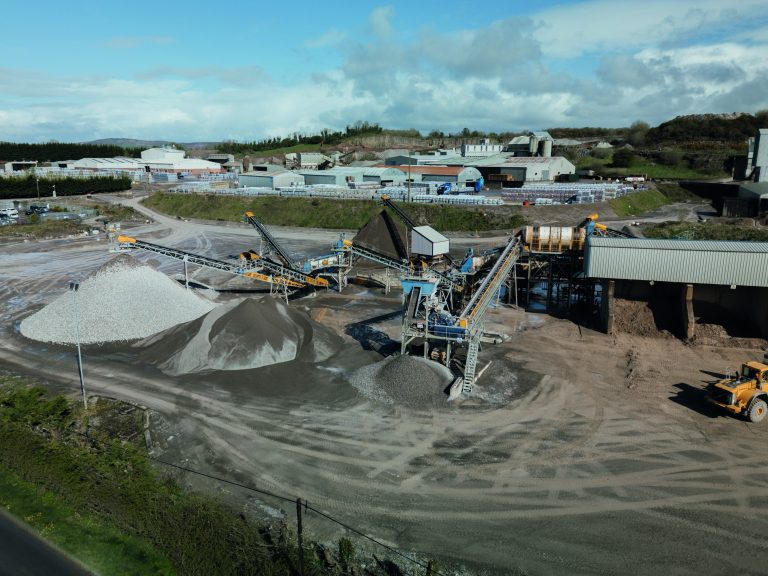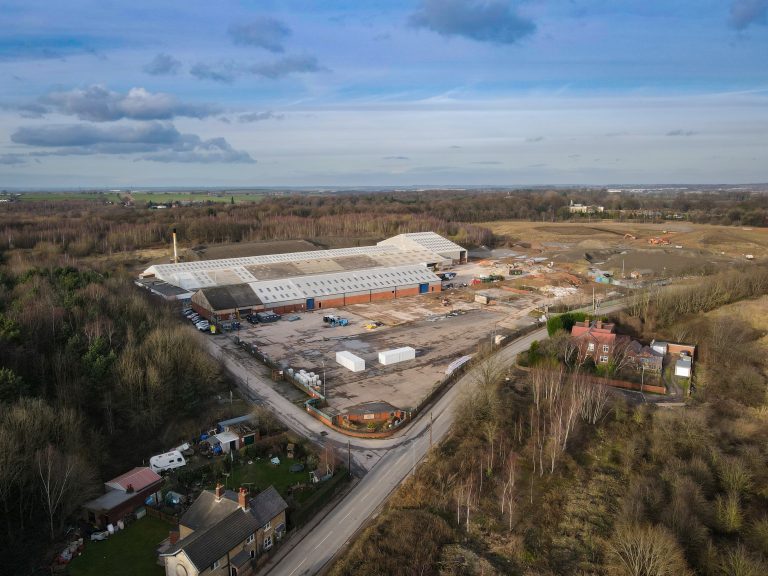Henley Stone Specialists, BCM GRC and Smart Crosby International (SCI) have joined forces to launch a single source solution for the full design, manufacture, supply, and installation of GRC wall cladding systems. Construction firm Henley Stone Specialists, the UK’s leading installer of high-grade Glassfibre Reinforced Concrete, BCM GRC Ltd, leading UK GRC manufacturer, and top engineering design specialists Smart Crosby International (SCI), have launched a comprehensive single source solution for the design, manufacture, and installation of Glassfibre Reinforced Concrete (GRC). This collaboration signifies a landmark moment for the UK GRC market, making the entire process more time-efficient and cost-effective for the end client. With over 90 years of combined experience within the UK GRC market and as long-standing members of the GRCA, this formidable trio already have a comprehensive track record of successfully and collaboratively delivering high-volume, top-quality, prestigious GRC cladding projects from design through to installation. With all aspects of the process provided by UK factories and offices, each company is an expert in their discipline aiming to offer clients an unrivaled package for GRC cladding requirements. The benefits of the collaboration are significant, providing more durability and minimal project maintenance, alongside a reduced construction phase and efficient delivery programme. In addition to this, GRC is a more sustainable solution for the environment, by significantly reducing carbon footprint due to a streamlined process. Shaun Henley, Founder and Managing Director of Henley Stone Specialists, commented: “We are delighted to be working alongside our partners BCM and SCI, this collaboration could be a landmark moment in the UK GRC construction sector. It is the first time a single-point solution for GRC has been offered to the UK market. With Henley Construction Management Group having recently launched our HZS stainless steel division the timing of the new venture is perfect. Our new division gives us the capability to produce our own, in-house stainless-steel brackets and fixings for all GRC projects. With our manufacturing capabilities and expertise in GRC installation, this joint venture will be sure to create more efficiencies and accuracy for our valued clients.” Darin Ballington, Director at BCM GRC Ltd added: “We’ve got a long-standing history of collaborating on projects with Henley Stone Specialists, so it seemed a natural fit to formally launch a new collaborative offering to the market – we’re excited to see what the future brings and to work on the highest of quality projects together.” John Dunthorne, Managing Director at SCI said: “We’re proud to be part of this new offering and the benefits it will bring clients across the industry. We will, of course, continue to work with other partners across the industry, but this collaboration will allow us to streamline specific joint projects and make them more cost-effective and efficient.” Significant collaboration projects between Henley Construction Management Group, BCM, and SCI include the supply, design, and installation of GRC on the Halo Project – a 7-story 116,000 sq ft Grade A office in Bristol that received a BREEAM Outstanding rating, in addition to The Charterhouse, a 206,000sq ft office and retail development in Farringdon, and Brentford Block D, a mixed-use project which provided 102 new homes in central Brentford. For more information on this comprehensive solution for GRC and to view a full list of services, benefits, and case studies, call Henley Group on 01924 472277 or email info@henleystone.co.uk Building, Design & Construction Magazine | The Choice of Industry Professionals














